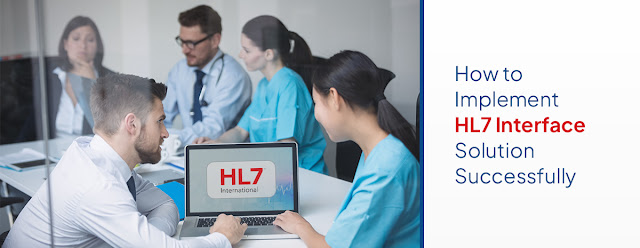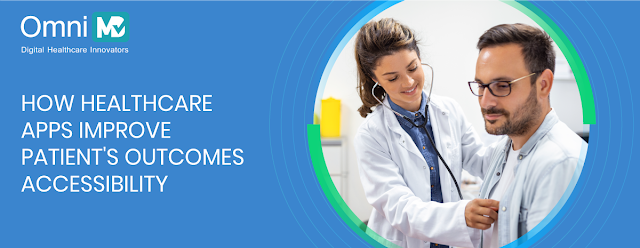How to Implement HL7 Interface Solution Successfully
However, when the EHR data is spread across multiple organizations in different formats, it can be challenging to mine, analyze and turn it into valuable insights. That’s where HL7 Interfaces Solution comes in. HL7 (Health Level), a collection of formatting standards, provides you with a structured approach to capturing, managing, and sharing data so that you can make the best of it.
In this blog, I share two major approaches and how to implement an HL7 interface in your organization. It is notable that research says that communication time can be reduced by 50% when HL7 is implemented correctly.
Approach One: Host the HL7 Interface in the Cloud
You can use a ready-to-use HL7 interface engine that is hosted in the cloud, which connects with your EHR system. This enables you to get started immediately since it saves up development time and only requires the configuration required for your unique needs.
Approach Two: Use HL7 APIs (libraries)
You can create your own system per your unique needs with HL7 APIs (libraries). You can connect your EHR system through HL7 APIs. With this approach, you can install an on-premise system and have your data filter and transmission as required.
Once you have decided which approach you want to take, cloud or local, you can initiate the simple five-step process to implement the HL7 interface successfully.
Step One: Define your Objective
HL7 is utilized to standardize your data structure and make your interface implementation seamless. You can perform an assessment of your EHR systems and data to plan and understand the usage of HL7 within your system. You can identify the goals you want to achieve with HL7 and proceed accordingly.
Step Two: Understand HL7 Interface and Prepare to Maximize Value from EHR
Considering it is proven that interoperability is the next big in the healthcare industry that will transform the way the providers deliver care and run their business. Today’s healthcare providers use EHR and multiple applications for various functions such as laboratory, patient administration systems, etc. However, these systems may be working in silos, and data sharing between them is not easily possible and requires more technical expertise. If you are also one of them, the HL7 interface will help you make it possible to initiate seamless data sharing and gain valuable insights.
With the essential guidelines that come with the HL7 interface, you can collaborate with an HL7 interface solution vendor and store and share data in the most efficient way possible. Perform a complete assessment so that you can implement the HL7 interface and ensure seamless data integration across systems. This will help you reduce administrative burden, improve care delivery and your bottom line.
Step Three: Prepare a plan/checklist
Along with your HL7 Interface solution provider, prepare a list of requirements and your plan to implement HL7 to utilize the features you need the most.
Step Four: Define your Workflow
After defining requirements and shortlisting features needed, prepare a workflow for the overall process. You can address your unique queries here, such as mapping your HL7 in your database, choosing the early adopters for system verification, etc. Furthermore, the process can look like the following:
1. Define a scope
2. Coding and configuration
3. Simulation testing
4. Client-side validation
5. Make your interfaces live
6. Monitor & Support
Step Five: Conduct HL7 Training
Implementing HL7 Interface with your solution provider is not enough to experience all the benefits it offers. The last and most important step is to train your team to make the best use of it so that you can receive maximum benefits.
As more and more data are being generated and new HIPAA legislation and guidelines are being introduced, more and more healthcare providers are focusing on transforming their health information management model. They are adapting to new workflows, EHRs, and digital applications. Therefore, it is only a matter of time before HL7 enables them to utilize this data to gather actionable insights completely.
When HL7 Interface development may seem complex, managing it is not. With the right solution provider, you can make the best of it and take your care delivery to the next level. To know how we can help you implement the HL7 interface in your organization,




Comments
Post a Comment